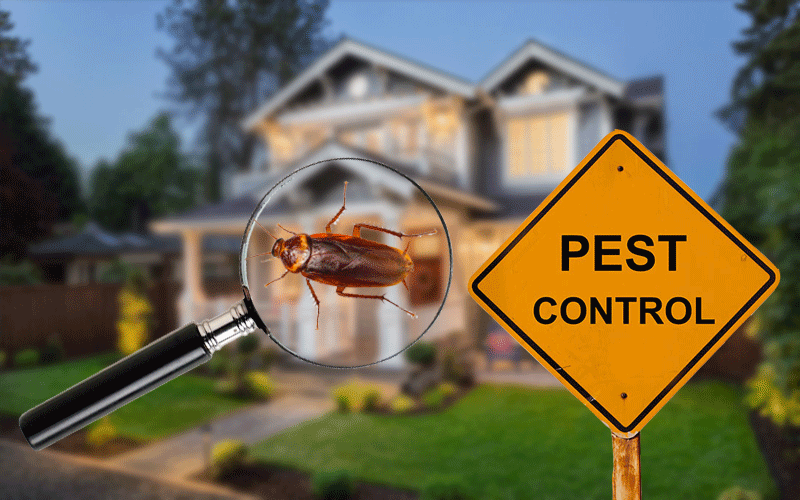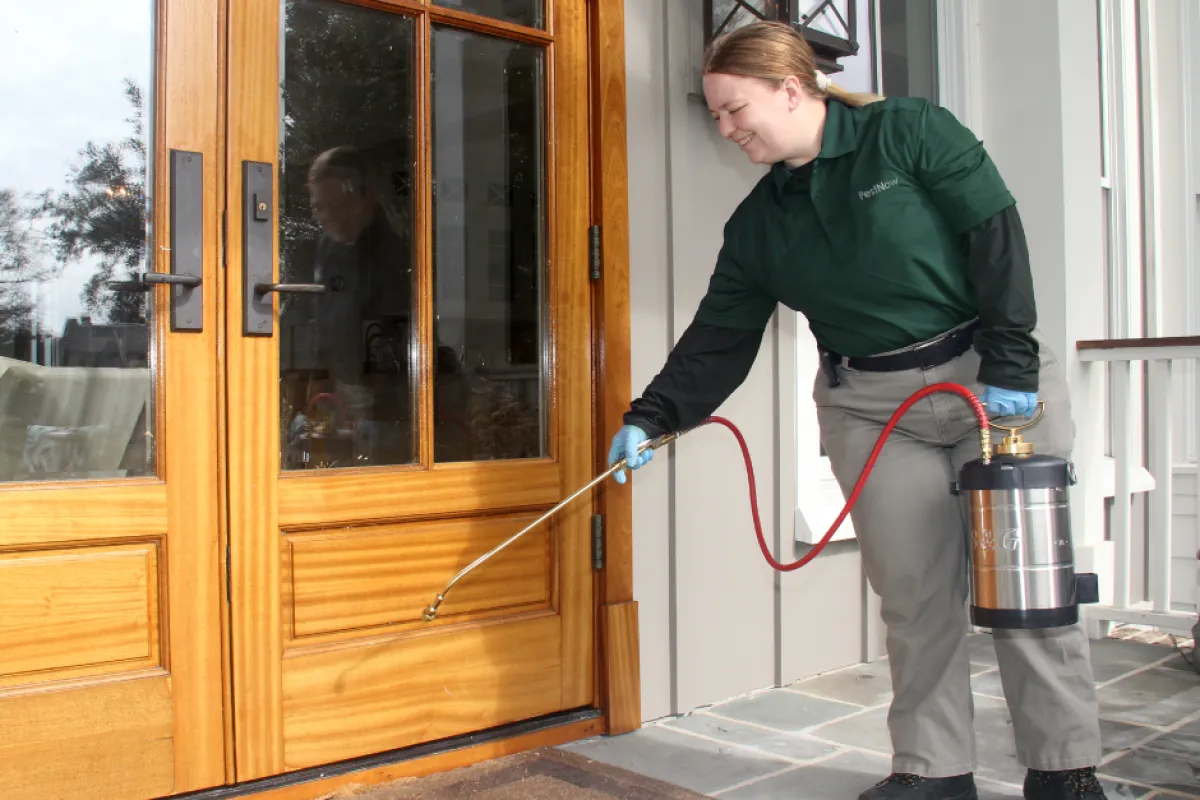A1 Charlotte Pest Control Companies - Your Neighborhood Pest Specialists
A1 Charlotte Pest Control Companies - Your Neighborhood Pest Specialists
Blog Article
Bed Bug Treatment Malfunction: Comparing Chemical Vs. Non-Chemical Solutions
In the world of pest control, especially when taking care of the consistent concern of bed bugs, the selection between chemical and non-chemical therapy remedies can be a crucial one. Both approaches offer distinct advantages and downsides, affecting aspects such as effectiveness, safety factors to consider, and general cost. By checking out the nuanced details of each technique, a clearer understanding of which path to seek in dealing with a bed bug infestation can be achieved.
Effectiveness of Chemical Therapies
Chemical therapies for bed pest infestations have actually been extensively identified for their potent and fast effectiveness in getting rid of these insects. When taking into consideration the effectiveness of chemical therapies, it is critical to comprehend that they can provide a quick and extensive solution to a bed insect issue.
Moreover, chemical treatments have the benefit of supplying recurring effects, suggesting that they can remain to remove bed bugs even after the first application. This residual action is specifically beneficial in combating any kind of possible re-infestations. Furthermore, the rapid activity of chemical treatments can bring alleviation to individuals encountering serious bed insect invasions, enabling them to gain back control of their living rooms promptly.
Safety Interest In Chemical Solutions
When using chemical services for bed bug treatment is guaranteeing the safety of passengers and the setting,One vital element that needs careful factor to consider. While chemical therapies can be effective in removing bed bugs, they might position dangers if not taken care of appropriately. One of the key safety and security worry about chemical services is the prospective injury they can create to human health. Exposure to specific chemicals used in bed bug treatments can lead to breathing issues, skin irritability, or other negative responses, especially in people with pre-existing conditions or level of sensitivities. Additionally, inappropriate application or dosage of chemical pesticides can result in harmful deposits sticking around in the treated location, presenting lasting wellness threats to owners.
Additionally, the ecological effect of chemical solutions is an additional considerable consideration. Some pesticides used in bed bug therapies might be hazardous to valuable insects, wildlife, and ecological communities if they leach right into the dirt or water systems. It is necessary to make use of chemical treatments judiciously, adhering to safety and security standards, and thinking about less poisonous alternatives to mitigate these threats and ensure the reliable and safe administration of bed bug problems.
Benefits of Non-Chemical Approaches
Thinking about the prospective safety and security concerns and environmental impact connected with chemical options for bed pest therapy, exploring non-chemical approaches provides an appealing choice with a number of distinct advantages. Non-chemical therapies are eco pleasant, as they do not contribute to air or water pollution, making them a lasting option for pest control.
Furthermore, non-chemical services can be effective in targeting bed pests, including hard-to-reach areas where chemical treatments might not permeate - A1 bed bug exterminator charlotte. Techniques such as warmth therapy, vacuuming, steam cleansing, and mattress coverings give complete removal without the usage of dangerous chemicals.
Limitations of Non-Chemical Treatments

In addition, non-chemical therapies commonly call for numerous applications to achieve successful eradication. This can be time-consuming and may not constantly ensure full removal of all bed insects and their eggs, particularly in hard-to-reach or hidden locations.
Moreover, the success of non-chemical treatments greatly counts on correct execution and thoroughness, which can be challenging for individuals without professional proficiency. Poor application of non-chemical methods may result in incomplete removal, resulting in consistent infestations and the demand for extra treatments.
Therefore, while non-chemical therapies have their benefits, it is important to recognize these limitations and consider them when identifying the most reliable method for taking care of bed insect infestations.
Price Comparison: Chemical Vs. Non-Chemical Options
Offered the constraints connected with non-chemical treatments, a vital element to scorpion extermination assess in the context of bed insect administration is the cost comparison between chemical and non-chemical alternatives. Chemical treatments commonly include the application of pesticides by experts, which can vary from $250 to $900 per space, relying on the seriousness of the problem and the size of the area to be dealt with. In contrast, non-chemical therapies like heat treatment or vapor can be much more pricey, with costs varying from $1,000 to $6,000 for a whole home. While the preliminary price of chemical treatments might appear lower, several therapies may be needed to fully eliminate the invasion, possibly enhancing the overall price. On the other hand, non-chemical alternatives may supply a more sustainable and eco-friendly option, although they can be cost-prohibitive for some individuals. Inevitably, when thinking about the expense of bed pest therapy options, it is necessary to consider the upfront expenditures against the performance and long-term sustainability of the picked approach.
Final Thought

Considering the prospective safety worries and ecological impact associated with chemical my blog remedies for bed pest therapy, discovering non-chemical approaches provides a promising option with a number of distinctive advantages.Given the limitations linked with non-chemical treatments, an essential element to assess in the context of bed insect administration is the price contrast in between chemical and non-chemical alternatives. In comparison, non-chemical therapies like warmth therapy or vapor can be extra pricey, with prices varying from $1,000 to $6,000 for a whole home. While the first price of chemical therapies may appear reduced, several treatments might be required to fully eradicate the infestation, potentially increasing the overall price.In verdict, when contrasting chemical and non-chemical bed pest therapy choices, it is crucial to take into consideration efficiency, see this here safety, advantages, constraints, and cost.
Report this page